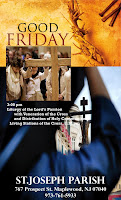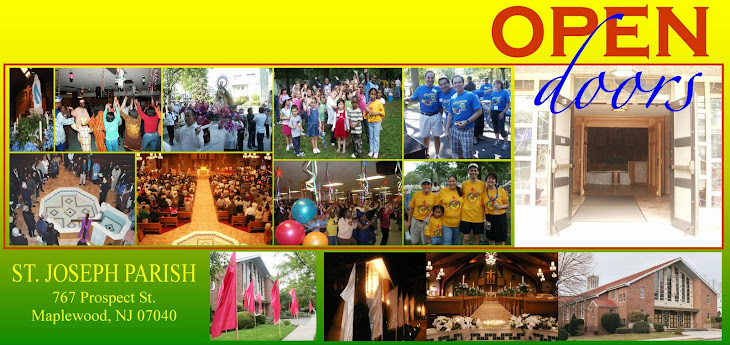
GOOD FRIDAY, APRIL 22, 3:00 pm
Liturgy of the Lord’s Passion
with Veneration of the Cross and Distribution of Holy Communion
Living Stations of the Cross, 7:30 pm
Good Friday, the second day of the TRIDUUM, the church commemorates Jesus’ arrest, His trial, crucifixion and suffering, death, and burial. In spite of the solemnity of Good Friday worship, it is not by any means a funeral service for Jesus. It is rather a time of quiet and serious contemplation on His great saving work.
Services of worship for Good Friday aim at allowing worshippers to experience some sense of the sacrifice & humiliation which ends in the journey to the cross. The liturgy is marked by austerity and silence. On this day, the entire Church fixes her gaze on the Cross at Calvary. Each member of the Church tries to understand at what cost Christ has won our redemption. In the solemn ceremonies of Good Friday, in the reading of the Passion and the General Intercession, in the Adoration of the Cross, and in receiving Communion, we unite ourselves to our Savior, and we contemplate our own death to sin in the Death of our Lord.
The Church - stripped of its ornaments, the altar bare, and with the door of the empty tabernacle standing open - is as if in mourning.
No Mass is celebrated on this day, but Communion, in the species of bread, which had already been consecrated on Holy Thursday, is given to the people. The omission of the Eucharistic Prayer and Consecration deepens our sense of loss because the Mass throughout the year reminds us of the Lord's triumph over death, the source of our joy and blessing. The desolate quality of the rites of this day reminds us of Christ's humiliation and suffering during His Passion. The Good Friday liturgy is composed of three distinct parts: readings and prayers, including the reading of the Passion according to St. John; the veneration of the cross; and a communion service.
The Veneration of the Cross: Adoration or veneration of an image or representation of Christ's cross does not mean that we are actually adoring the material image, of course, but rather what it represents. In kneeling before the crucifix and kissing it, we are paying the highest honor to our Lord's cross as the instrument of our salvation. Because the Cross is inseparable from His sacrifice, in reverencing His Cross we are, in effect, adoring Christ. Thus we affirm: 'We adore You, O Christ, and we bless You, because by Your Holy Cross You have Redeemed the World.'

No comments:
Post a Comment